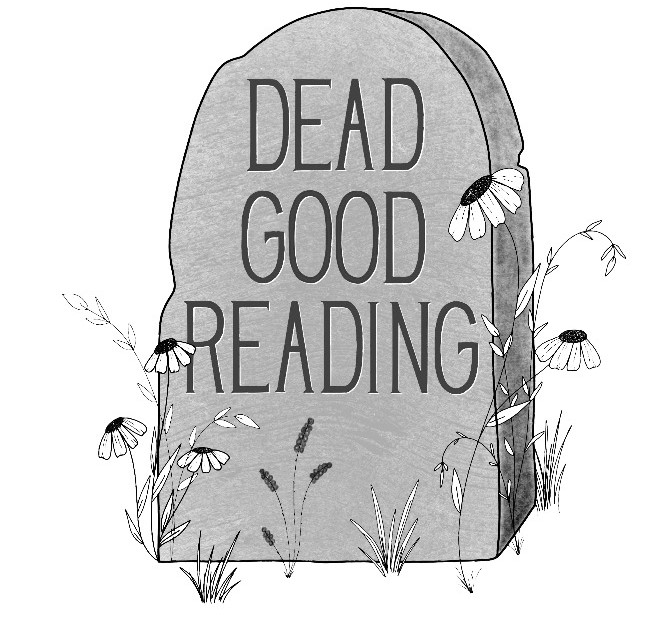As a child growing up in Amsterdam, primary school included museum classes in local museums. These included trips to the Rijksmuseum, home to a selection of Dutch Masters from the 17th Century. Rembrandt’s De Nachtwacht inspires visitors far and wide to visit. I might alienate readers very quickly, very soon as I have never really cared for Rembrandt. Having just visited the doll’s houses during one of the museum school trips, I was bitterly disappointed when we arrived at this so-called Night Watch. The Doll’s Houses inspired the fictional history described in Jessie Burton’s The Minitaturist, and where a joy to explore as a small child. The Night Watch did not spark joy, as it did not seem to include any stars, despite my assumption that we would be watching the night sky. Instead, a bunch of static men on an enormous canvas were looking at us.
In Thunderclap: a memoir of art and life and sudden death, Laura Cumming teaches us that the naming of paintings is a more recent tradition, so Rembrandt likely did not name his painting this way, if at all. This would have saved me from having an interpretation before viewing the work. Oh, how I longed to return to the doll’s houses. Recently, I was disappointed, again, as the Doll’s Houses are being restored in preparation for a new exhibition to be opened later this year. A kind museum worker apologised profusely when I enquired about the whereabouts of my favourite large miniature houses.
Thunderclap has received many accolades, and it is a great blend of art history and memoir. It vividly paints a picture of the live and works of Fabritius. If you are to believe Cumming, Fabritius is the greatest artist ever to walk this globe.
Undoubtedly, Laura Cumming has a much more positive relationship with Dutch art from the 17th century than I do. I am much more an impressionist at heart. Honestly, I don’t think I have read anyone be so lyrical about Dutch art. Thunderclap is nothing laess than an ode to the painter Fabritius, a contemporary to Rembrandt and Vermeer but, to Cumming’s disgust, much lesser known. It is unclear how many pictures he painted, and indeed how many of his works survive to this day.
Fabritius untimely death might be to blame for this. Fabritius died unexpectedly in an explosion that devastated the city of Delft. The thunderclap was heard over seventy miles away.
This art seems to follow some esoteric law of physics: it tends to the end, dematerialising, in so far as it ever existed, like the artist himself. It dies with him in the Thunderclap.
(Cumming, 2023: page 255)
Cumming uncovers the forgotten artist Fabritius from the rubble, and shows that the artist did not simply disappear after the Thunderclap.
Given the words “sudden death” featured in the subtitle, and my own proclivity towards all things death, I was disappointed this theme was not explored more. Like Fabritius, Cumming’s father was a painter who also died too young, and whilst there are pebbles throughout the book detailing her father’s story, I felt some of that narrative was missing. I was expecting the two deaths to be woven together, yet at the end I felt some pieces to the puzzle were missing.
As a Dutch person living abroad, I get increasingly more out of works that highlight the Netherlands, being able to return to certain places in my mind whilst physically in a different country. This is part of the reason I thoroughly enjoyed reading this book. A minor detail, I spent too much time on, is the fact that Cumming mentions Fabritius having family living in one of the so-called 9 Streets: the Runstraat. Cumming translates this as Cow Street, and while rund is indeed a word for cow, run (and yes I had to look this up) is “finely ground oak bark, used for tanning leather”. It is an easily made mistake, as some of the other 9 streets do in fact have animal names, and yes we do tend to have a thing for cows.
Readers who enjoy art history, particularly Dutch art history, will get a lot out of this book. It has prompted me to spend more time in front of paintings when visiting museums and to look better.
Laura Cumming has been an art critic for the Observer since 1999. Thunderclap: a memoir of art and life and sudden death was shortlisted for the first Women’s Prize for Non-Fiction.


Leave a Reply